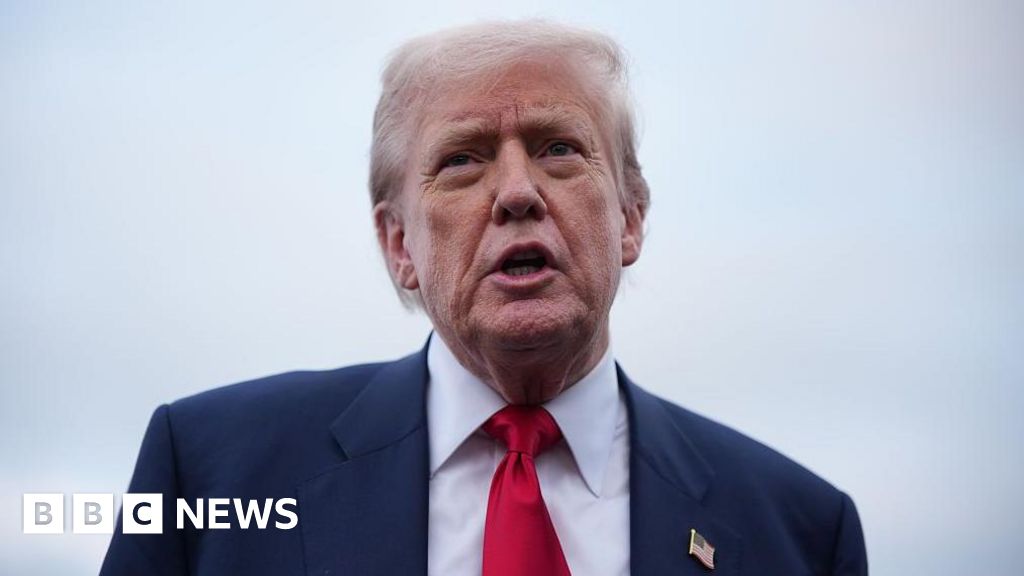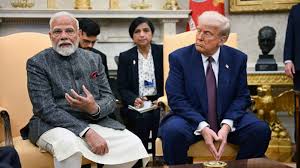The White House has announced a significant move by imposing an additional 25% tariff on India, further escalating the trade tensions between the two countries. This decision brings the total tariffs on Indian imports to the United States up to 50%, as President Donald Trump aims to penalize countries that continue to engage in trade with Russia.
In an executive order issued on Wednesday, President Trump outlined the rationale behind the new tariff, citing the Government of India's involvement in importing Russian Federation oil. The order specifies that goods imported from India into the United States will be subject to an additional ad valorem rate of duty of 25%. These tariffs are set to take effect in 21 days, according to the executive order.
This recent development marks a significant shift in Trump's stance towards India, with the new tariff rate now amongst the highest levies imposed on any US trading partner. Trump's decision to increase tariffs on Indian imports comes as a response to India's purchase of Russian oil, which the President views as supporting Russia's actions in Ukraine.
The move to raise tariffs on Indian imports follows Trump's previous statements warning of repercussions for countries engaging in trade with Russia amidst the ongoing conflict in Ukraine. Trump had earlier indicated that goods from India would be subjected to a 25% tariff and hinted at additional penalties. The President expressed his disapproval of India's oil imports from Russia, emphasizing that such actions are seen as supporting the "war machine."
Nevertheless, India has defended its stance, stating that it is being unfairly targeted by the US and the EU for importing oil from Russia during the Ukraine conflict. The Ministry of External Affairs in India highlighted that several nations critical of India's choices are also engaged in trade with Russia, though it is not a vital national compulsion for them as it is for India.
The executive order issued by President Trump serves as a stark reminder of the complex dynamics at play in the global trade landscape, with the ongoing geopolitical tensions shaping trade policies and relations between nations. The implications of these tariffs on the economies of both the United States and India remain to be seen, as the repercussions of such decisions can have far-reaching effects on various sectors and industries.
As the situation continues to evolve, it remains essential to closely monitor how this latest development impacts international trade dynamics and the broader geopolitical landscape. The repercussions of these tariffs could reverberate across markets, influencing diplomatic relations and trade alliances in a highly interconnected global economy. The coming days will reveal the extent of the fallout from this decision and shed light on the potential future trajectory of US-India trade relations.


